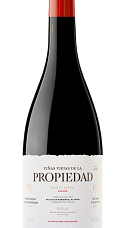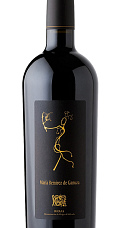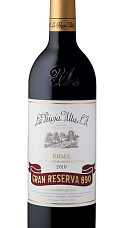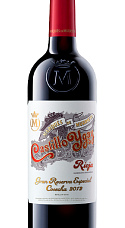Quiñón de Valmira 2022
Descripción
Un vino de Álvaro Palacios elaborado en su Rioja natal. Juvenil, con mucho equilibrio, concentración y finura. Se trata de una producción muy limitada que promete seguir la misma senda de éxito del resto de vinos de Palacios.
Ficha técnica
Cata
Viñedo y elaboración
Opinión de los críticos
I tasted the 2022 Quiñón de Valmira that I had already tasted before bottling last year, but this time I tasted it from bottle and next to the 2023. The year seems to have marked a change in the weather and even the aromatic profiles of the wines, but the Garnacha seems to resist. It delivered what it promised but, unfortunately, suffered in the comparison with the superb 2023. It has a pale ruby color with purple tints of youth. It's 85% Garnacha (not 58%, as I wrote last year), with the remaining 15% from other traditional varieties, fermented with a long maceration and some full clusters and matured in oak foudres for 17 months, after which it rested in concrete for another six months. It's floral, expressive, elegant and open, a little shier than the 2023, with ripeness, juicy red fruit and very fine tannins, just slightly dusty. It finishes dry and with some stony austerity that I loved. It comes in at 14% alcohol, with a pH of 3.5 and 5.3 grams of acidity. 5,680 bottles produced. It was bottled in May 2024. (Luis Guitérrez)
This is exceptionally pure, nervy and fragrant, with bright and incisive aromas that bring to mind red fruits with lavender and Mediterranean herbs, grapefruit zest, white pepper and exotic spices. This makes me think of mezcal. Formidable aromatics. The palate is equally seductive, fluid and elegant. A bit more tannin presence this year, but still quite fine and silky, which enhances the elegance of this wine. This is pure garnacha. Drinkable now, but will hold.















Añadas: 2023 2022 2021
Esta añada no tiene valoraciones todavía. Pincha en las otras añadas para ver sus valoraciones.
Esta añada no tiene valoraciones todavía. Pincha en las otras añadas para ver sus valoraciones.
Esta añada no tiene valoraciones todavía. Pincha en las otras añadas para ver sus valoraciones.